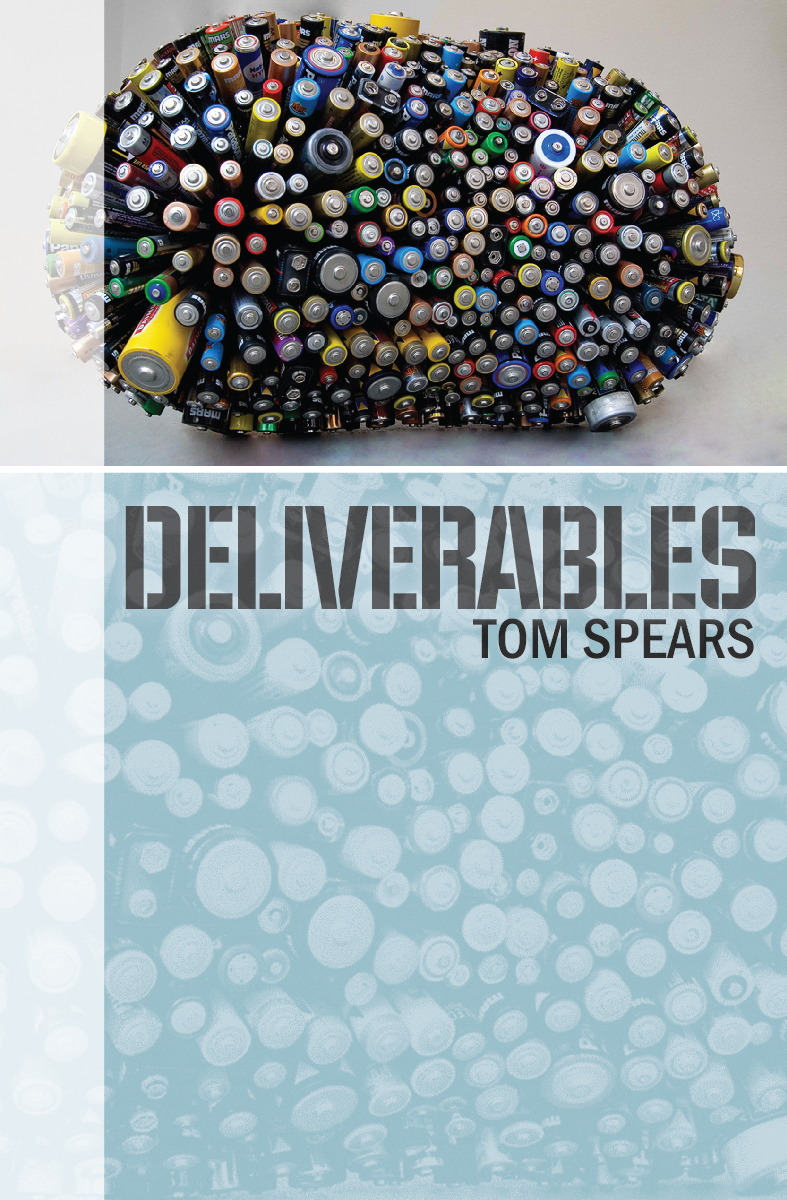When I was young I loved to watch the old TV series “Mission Impossible.” Every episode had a knotty problem that the team had to solve. Every episode was resolved with some kind of clever surprise or unexpected twist that permitted the heroes to overcome seemingly insurmountable odds.
Alas, real life is never so dramatic. Or plausible.
While personal heroics may allow you to accomplish a lot in your career, it won’t rescue from situations where it is virtually impossible to succeed. There are times when the cards are so stacked against your success that Hercules himself would fail to win.
The Impossible Project
I’ve seen numerous goals and projects during my career where success was an impossibility. One of the most common type comes in the form of annual sales budgets. Most sales budgets are set for an entire year, and often extremely optimistic assumptions underlying them. Since a business is a complicated enterprise with thousands of “moving parts,” assuming a disaster won’t develop somewhere over the course of a year’s time is ridiculously optimistic. If you have a budget developed based on unbridled optimism, you’re heading for trouble.
Granted, some unexpected “bluebird” may come your way, offsetting whatever disaster actually occurs. More likely, however, something will go wrong and there won’t be an offset. Maybe the economy will move in the wrong direction. A competitor may become unexpectedly aggressive. A key employee may depart. The list is almost limitless.
Good management anticipates and has contingency plans to deal with these unexpected events. But they can rarely be counteracted without experiencing some kind of damage. That damage often pushes a “stretch target” into unachievable territory.
I was recently talking with a friend about his sales target. In his case, the company (in its infinite wisdom) apparently decided that they shouldn’t actually give the numeric sales goal to the people responsible for achieving it. He discovered midway through the second quarter that, despite being 10% over the prior year, he was still at only 82% of his “goal.” In addition to the fact that for this company a growth goal of greater than 25% was totally absurd, the shortfall from the first quarter made achieving his total year goal a complete impossibility.
There was no way he could turn this particular “Sow’s Ear” into a “Silk Purse.”
I’ve seen the same scenario play out on capital projects, plant expansions, acquisitions, cost reductions, and other programs. It seems the “goal” is set with either incomplete information or in the absence of any realism whatsoever. Someone then gets saddled with trying to deliver on the goal – a true mission impossible.
What do you do with your Sow’s Ear?
It would be nice if you could simply avoid accepting impossible projects, but often this, too, is impossible. In general, however, you should be on the lookout for such projects anytime the targets or goals extend far out into the future.
If you find yourself being positioned to take one, you should thoroughly study the project’s underlying assumptions, looking for anything that is overly optimistic or includes a large number of seemingly reasonable assumptions that are consistently on the positive end of the “likely” range. Be prepared to object ASAP to those assumptions as time is your enemy – an observation about unreasonable assumptions will be worth far more to you if it is delivered before all hell breaks loose.
If the impossible project has already become yours, you should still raise concerns early and often. While this might not save you from all forms of damage, many managers will at least take it into account in the project’s final reckoning.
Another option is to give the project to someone else. Unless you’re a manager with a subordinate you can make the “scapegoat” for an impending failure (see previous blog posts on the subject of scapegoats starting with Scapegoats) it probably be pretty tough to ditch. I have successfully transferred such projects to other departments when convincing arguments could be made that it rightfully belonged elsewhere. I have also killed such projects, although doing so usually doesn’t happen damage-free.
Lead with your best game.
Whatever you do, don’t open yourself up to criticism by applying less than ;your full creativity and effort to the project. A kiss of death is when the project outcome is labeled an “execution failure.” If that happens, it won’t matter how impossible the goal was, you’ll still take the full brunt of the consequences. If failure is imminent, you want people to realize the problem was with the strategy or assumptions rather than with your effort.
That may provide little comfort when you’re faced with an impossible project, particularly when you know you’ll apply extraordinary efforts and will still likely fail. Believe me, however, it’s better than the alternative.
Conclusion
Being handed a sow’s ear and a demand that it be turned into a silk purse can be frustrating and exhausting, but it doesn’t have to be a career killer. Make your concerns about the project/goal known early and loudly. Try to get out from under it, if possible. If you’re stuck with it for the long haul, fight the good fight and recognize that while your efforts might not save the day, they will at least provide you with some (small?) degree of protection. 32.1
Other Recent Posts:
- Turning Defeat into Victory
- Security Versus Integrity
- Your Reputation is All You Have…
- Scapegoats
- Making Yourself Dispensable
- Distance Should Raise Concerns
- Primping a Pig of a Project
To find other blog posts, type a keyword into this search box…
If you are intrigued by the ideas presented in my blog posts, check out some of my other writing.
Novels: LEVERAGE, INCENTIVIZE, DELIVERABLES, HEIR APPARENT, and PURSUING OTHER OPPORTUNITIES.
Non-Fiction: NAVIGATING CORPORATE POLITICS
To the right is the cover for HEIR APPARENT. Someone is killing corporate leaders in Kansas City. But who? The police and FBI pursue a "serial killer" theory, leaving Joel Smith and Evangelina Sikes to examine other motives. As the pair zero in on the perpetrator, they put their own lives at risk. There are multiple suspects and enough clues for the reader to identify the killer in this classic whodunnit set in a corporate crucible.
My novels are based on extensions of 27 years of personal experience as a senior manager in public corporations.

















